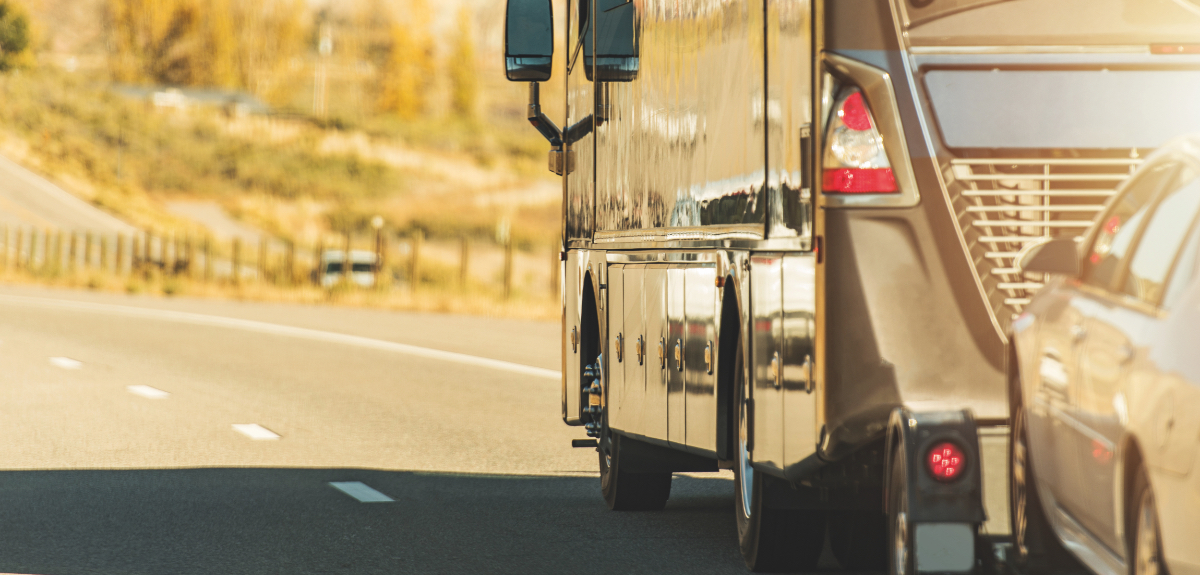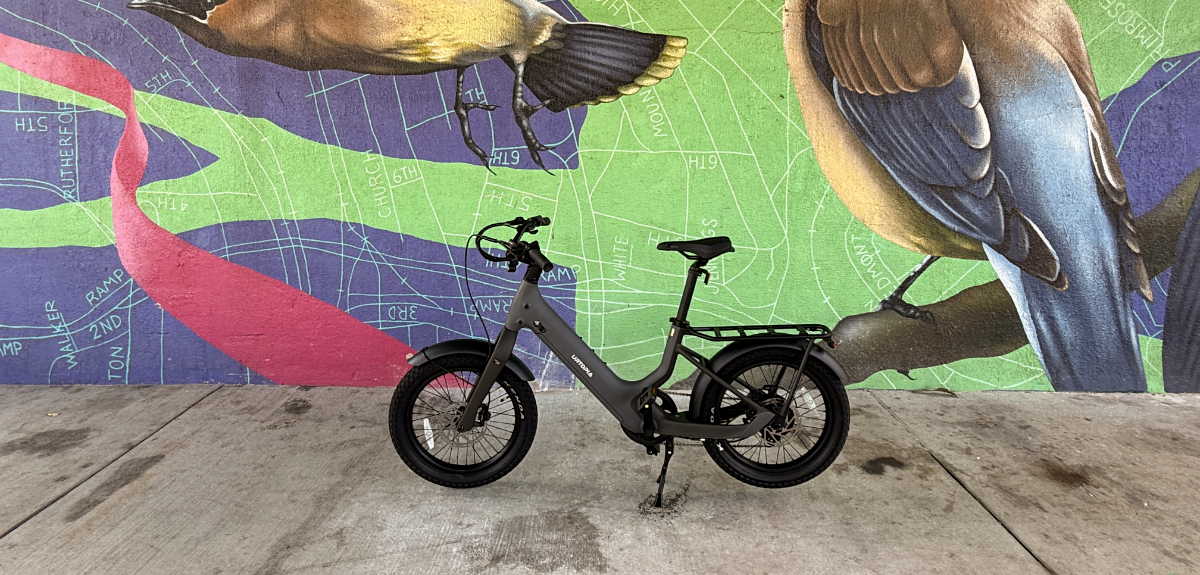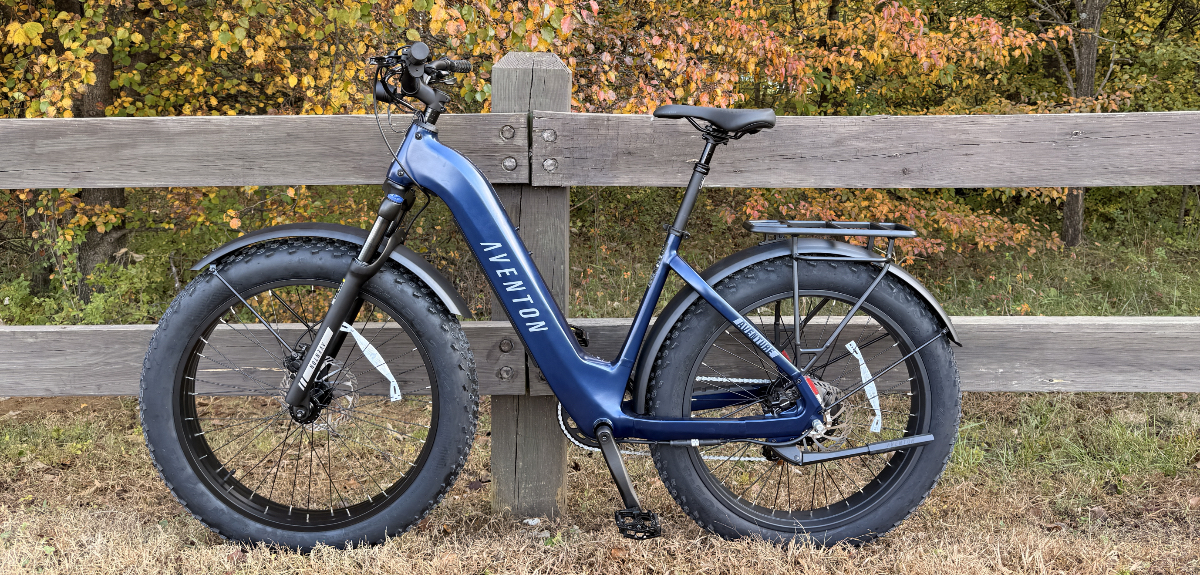Tech Spotlight: Auxiliary Braking Systems
These additional components are key to safe dinghy towing.
Image Caption:
The stakes are high enough when you drive a motorhome. And with your several-thousand-pound daily driver behind it, they’re even higher. Cruising the highway, you wouldn’t be the first person to worry: Is my car still back there? What if we hit a bump? And what happens if I have to slam the brakes? That’s where auxiliary braking systems come in.
Dinghy towing has evolved over decades to put many such worries to rest. And when it comes to that last question—stopping power—auxiliary braking systems are designed to slow your tow vehicle at the same speed as your coach, which when combined with a tow bar, prevents your car from blasting through the back of your rig in an emergency. “From a very high level, auxiliary braking is the safest thing you can do aside from the tow bar,” says Doug Northcutt, RV towing products sales manager at Demco. “It makes the coach stop much quicker, and it helps people come to a stop 35 to 45 percent faster in a panic zone.”
Auxiliary braking systems are required in most states, but the technology varies based on the manufacturer, the type of rig you drive, and whether or not you want the system permanently mounted in your tow vehicle. Here, we look at the most common systems and the brands behind them.
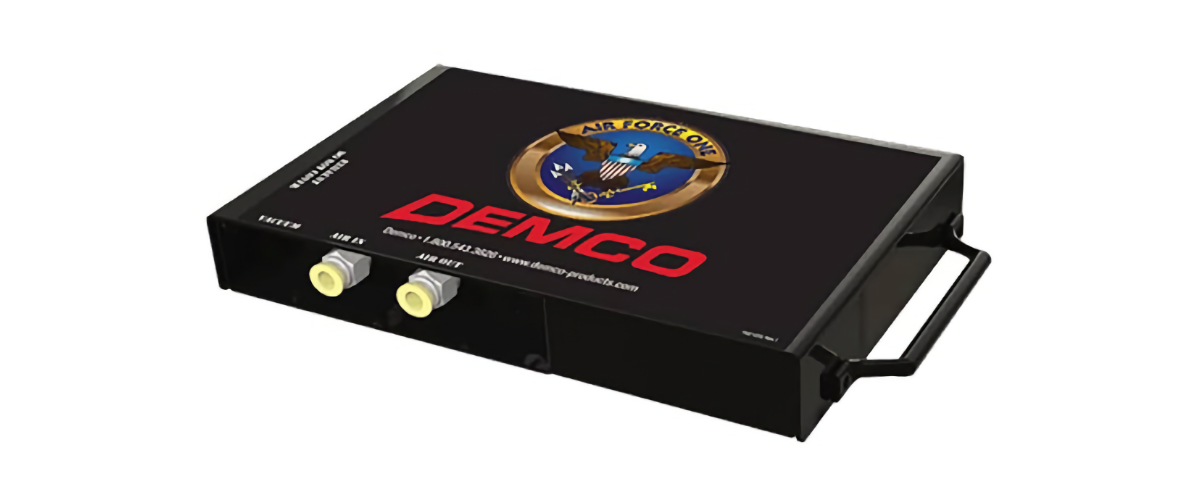
Photo Credit: Demco
The Air Force One and the Stay-IN-Play DUO from Demco
Demco has been a leader in towed-vehicle technology since the company was founded in 1964. And these days, coach manufacturers like Freightliner, Tiffin, and Spartan build chassis specifically to be compatible with Demco’s auxiliary braking systems.
For diesel rigs, the Air Force One uses a pilot signal connected to the coach’s air brakes that delivers a proportional response to the towed vehicle, ensuring the dinghy brakes at exactly the same speed as the motorhome. “You just have to hook up the air hose and you’re off to the races,” Northcutt says. For gas motorhomes (without air brakes), Demco’s Stay-IN-Play DUO system uses the inertia from the towed vehicle, combined with the coach’s brake light signal, to create a proportional response in the dinghy’s brakes.
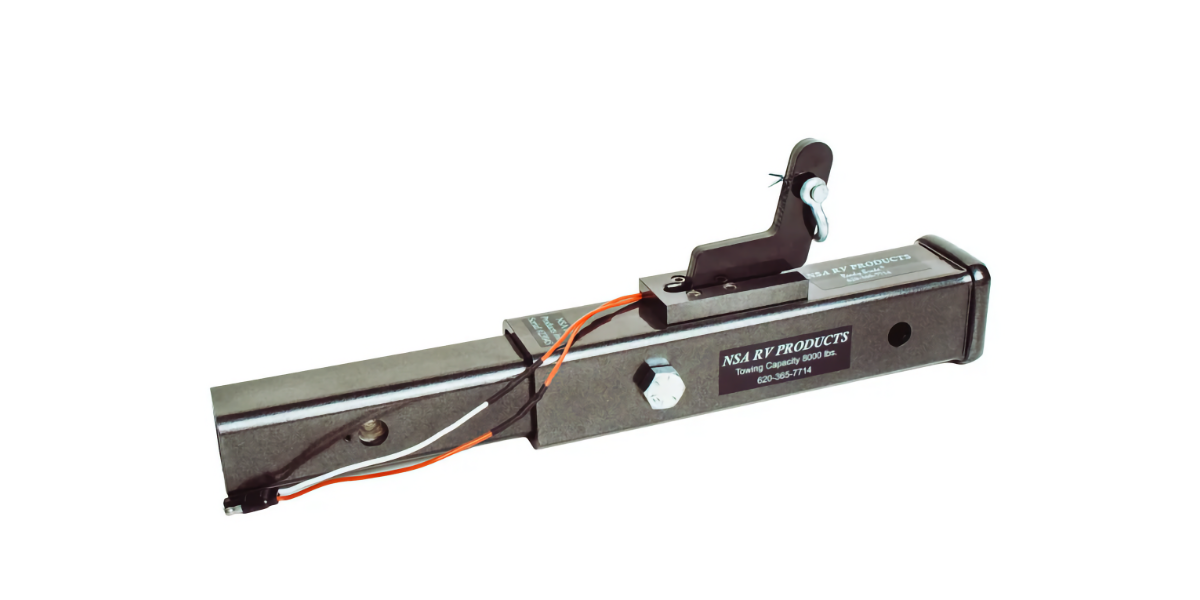
Photo Credit: NSA
NSA RV Products ReadyBrake
While some systems rely on electronics and air to trigger the brakes, the Ready Brake system from NSA is fully mechanical. So, when you slow your motorhome, the weight of the dinghy vehicle pushes forward on the hitch-mounted ReadyBrake system, triggering an actuating arm that is connected to the towed-vehicles brakes.
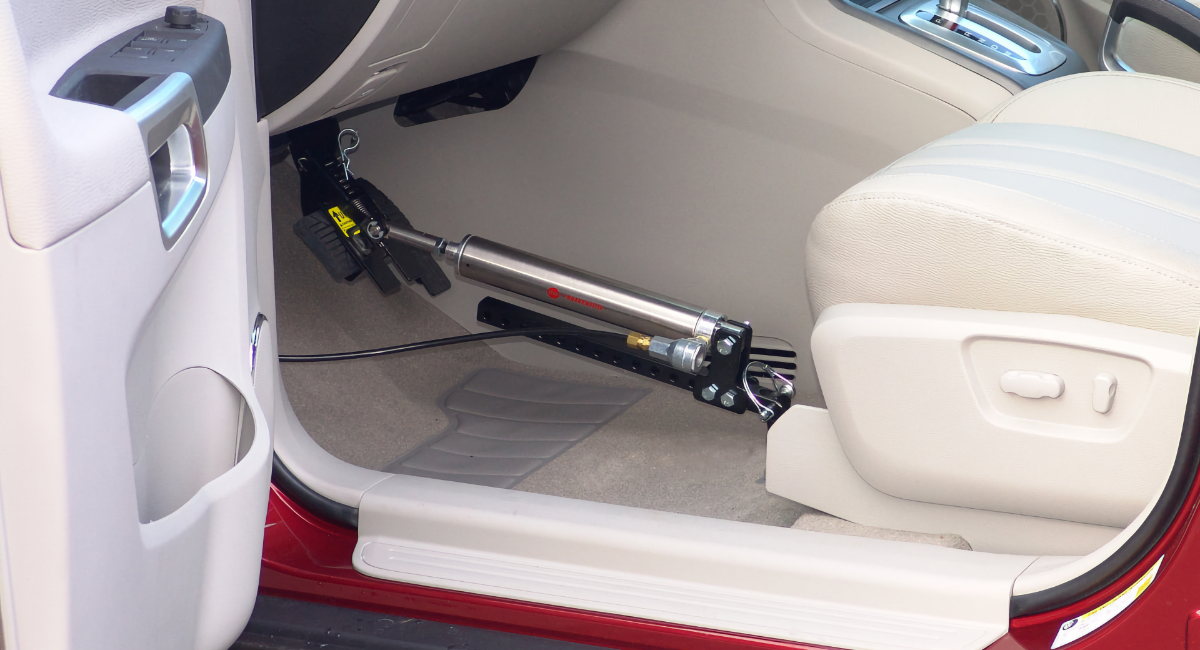
Photo Credit: Roadmaster
Roadmaster Brakemaster System
The Brakemaster system from Roadmaster connects and disconnects from a towed vehicle in less than one minute, which means the system is not always in place. Instead, one end of the Brakemaster connects to the air or hydraulic lines of your coach, while the other is installed on the floor in front of the towed-vehicle’s driver seat. When you hit the brakes of your motorhome, a proportional response is applied to the dinghy brakes.
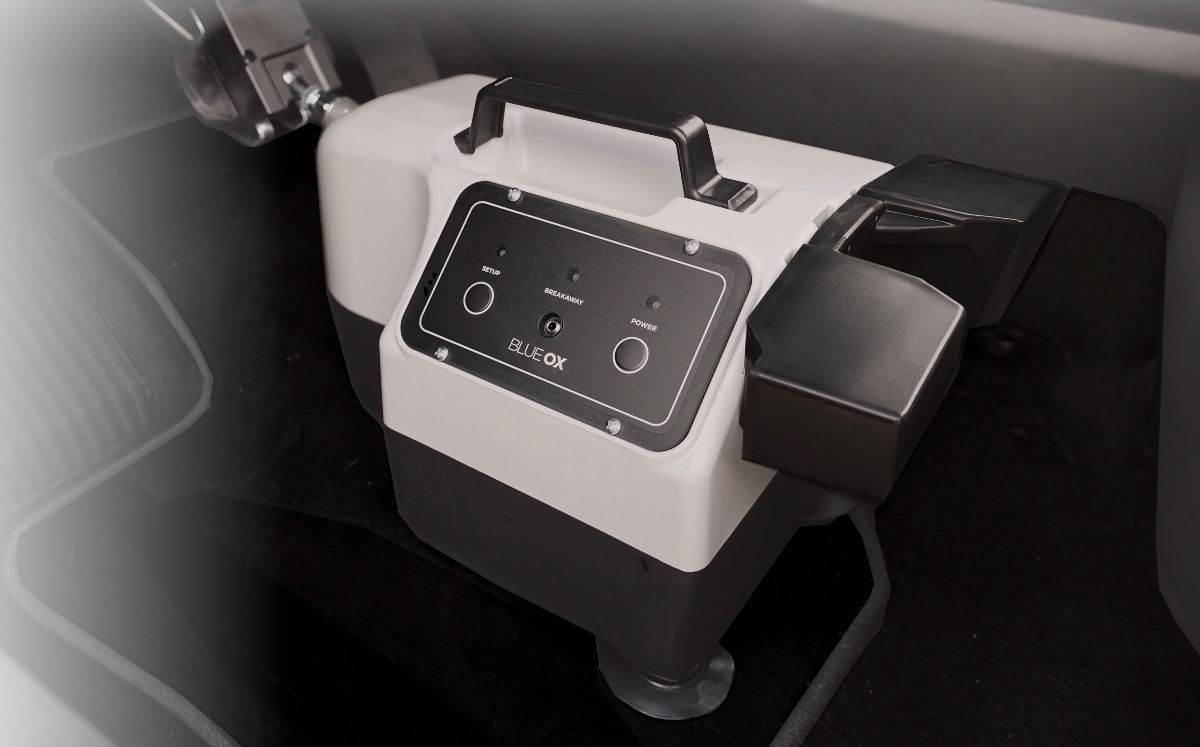
Photo Credit: Blue Ox
Blue Ox Patriot 3
Like the Brakemaster system, the Blue Ox Patriot series is not permanently mounted in the towed vehicle; rather, it attaches to the brake pedal and sits on the floor. What makes it different, though, is that it’s entirely electric, relying on an actuator that senses the braking force of the coach.
This article originally appeared in Wildsam magazine. For more Wildsam content, sign up for our newsletter.


